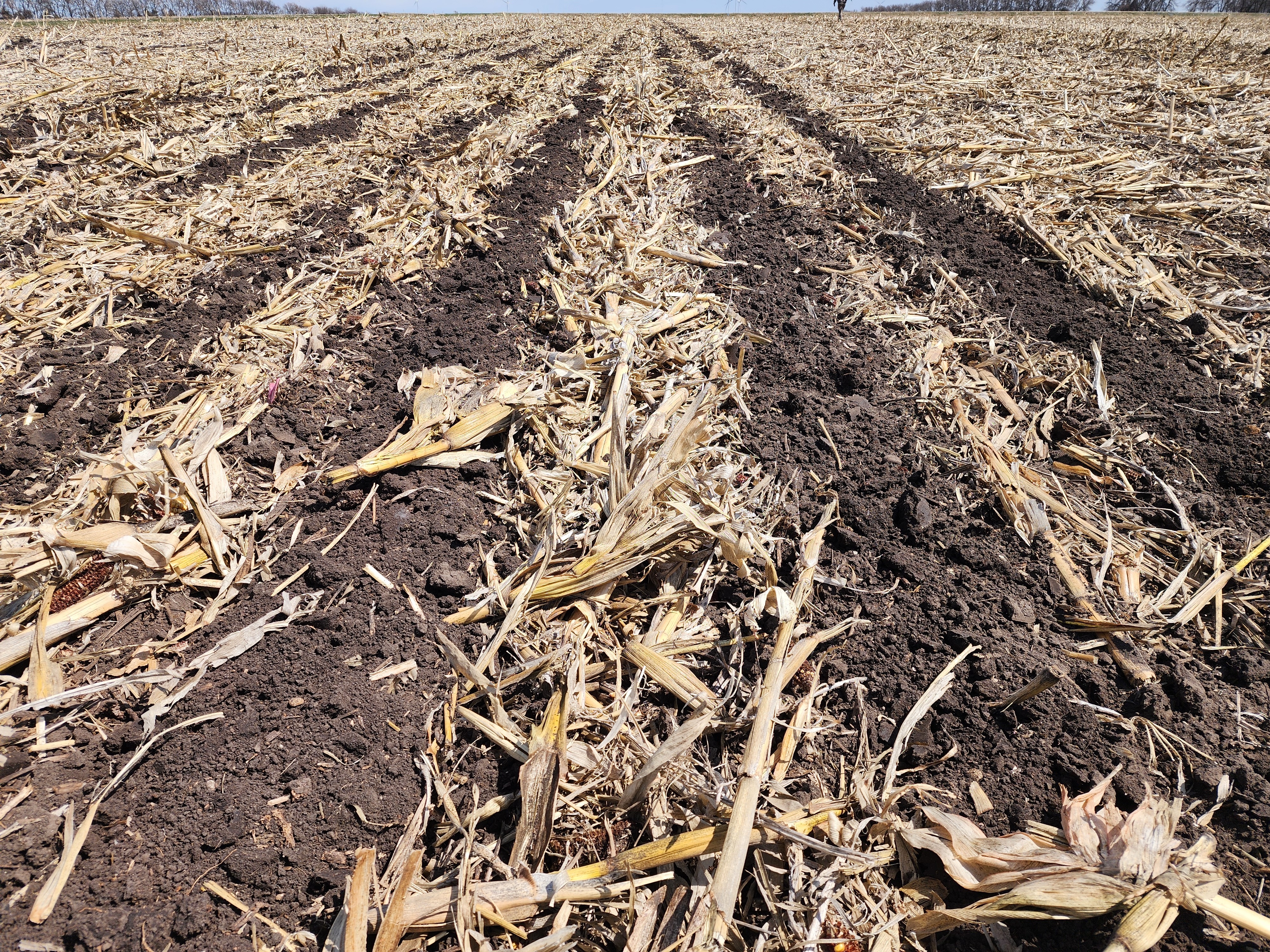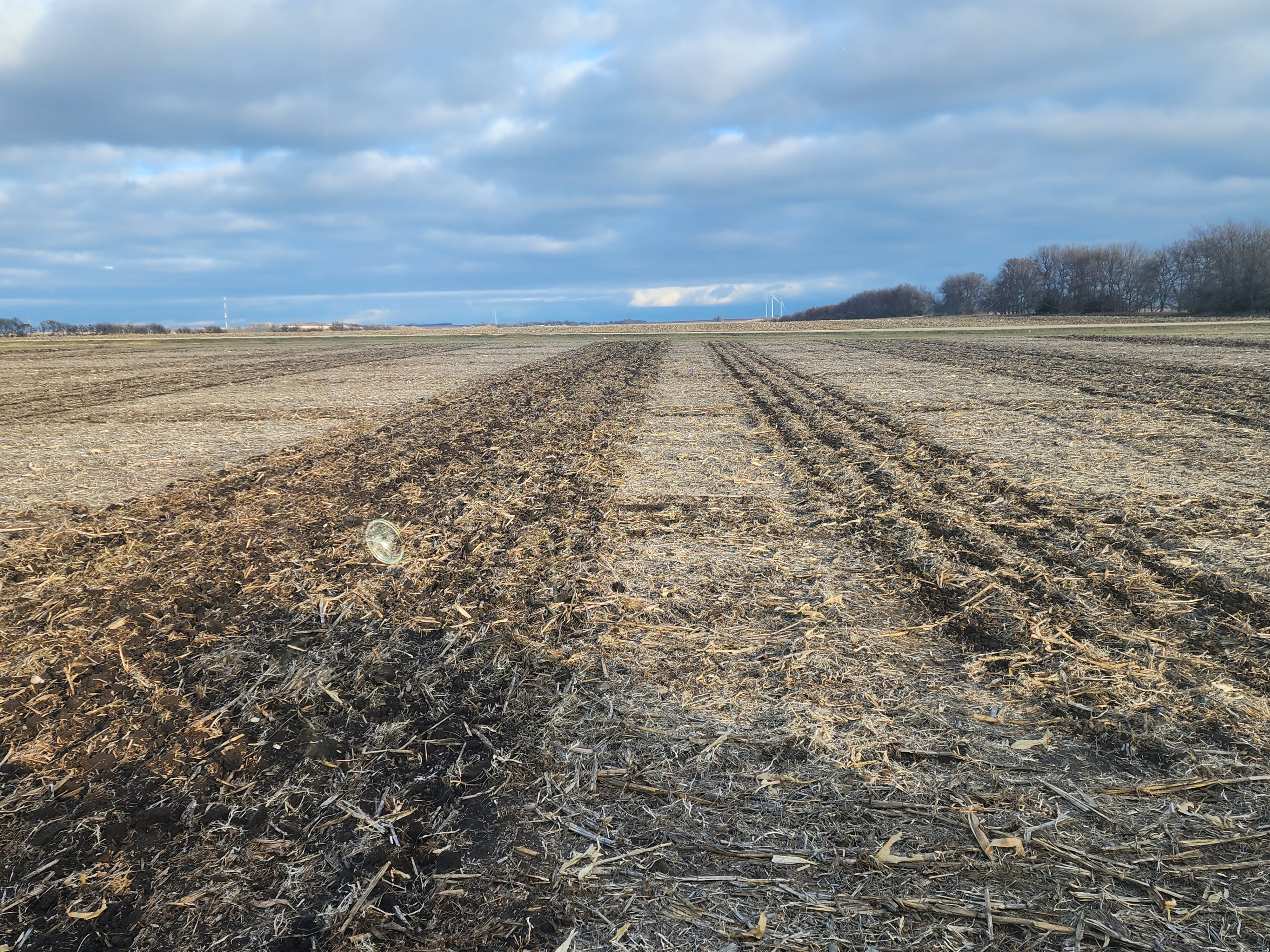
Tillage reduction could improve a grower’s bottom line
Reducing or changing tillage practices saves resources and improves productivity and soil health. That’s the result of Peter Kovacs’s South Dakota Soybean Checkoff-supported research on tillage and fertility. Juggling a dual teaching and research appointment, Kovacs is an associate professor in South Dakota State University’s Department of Agronomy, Horticulture, and Plant Science. As part of his research assignment, Kovacs analyzes cropping systems in South Dakota corn and soybeans.

“I try to evaluate some of the new and upcoming technologies, whether they would fit into South Dakota’s production systems,” he said. “Or if they fit, what would be the best way or appropriate way to utilize them in our environment?”
“Some of the main focus on our research side is related to planting and crop establishment, nutrient management and some of the tillage systems-related questions,” Kovacs said.
Dr. Kovacs, who earned his undergraduate degree in his native Hungary, went on to earn advanced degrees in agronomy from Purdue University, staying to do post-doctoral research on soybeans. Kovacs settled almost a decade ago at SD State. Now, he is evaluating new technologies to determine what ways they are best used in South Dakota’s production environment. A significant chunk of Kovacs’s time in the field is focused on tillage.
Energy savings from tillage reductions are obvious, says Kovacs, even after considering purchases of specialized strip tillage equipment.
“So, that’s where I think that over time, with the investment in the equipment, we could see a benefit or cost saving, both operationally and on the fertilizer cost that could help to offset that initial investment.”
Less obvious, according to Kovacs, is the fertility advantage of banding crop nutrients in strip-tilled acres.

“That could provide some additional benefit, because we are going to concentrate a nutrient closer to the root,” he said, “where many studies show the benefit or a potential of reducing the nutrient requirements to produce the same amount of yield.”
Kovacs is convinced that soil health parameters will improve in response to tillage reductions. And though this is not economic research per se, Kovacs is confident that reducing or eliminating tillage will improve a farm’s bottom line.
“Generally, it would require less energy to do strip tillage, again, partially because we are going to work a smaller portion of the field,” Kovacs explained, adding, “if you keep the same yield levels, or hopefully over time we could even improve the yield levels; that’s the income side of the equation that, again, will have the same amount of income or hopefully better income as well.”